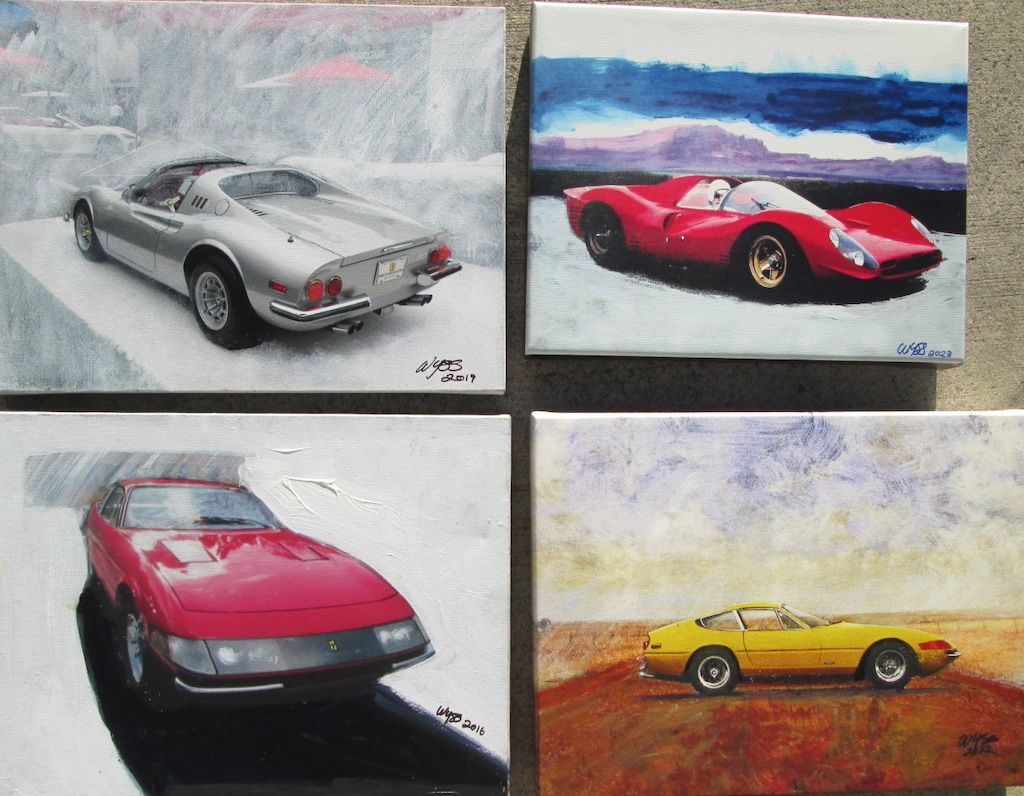How would you repair a hole in the drywall inside your home? How would you repair a hole in the brick wall of the exterior of your home? Maybe you don’t know. Maybe you know next to nothing about home repair and DIY activities. But it’s likely you know this: You wouldn’t use the same method to repair both walls.
Why is this? Because the walls comprise different materials. And different materials require different repair tools and techniques. Your vehicle is the same. If it sustains a dent, an auto body repair shop should choose a dent repair technique that suits the material of your vehicle.
What are dent repair techniques?
Dent repair techniques are the different methods collision repair shops use to fix dents in automobiles. Collision repair technicians decide the best dent repair technique based on the dent’s size, depth, location, and, of course, the material of the vehicle panel.
Some of the most common dent repair techniques include:
Paintless dent repair (PDR)
PDR is a non-invasive auto body repair that’s perfect for fixing minor dents that haven’t damaged the paint. Collision repair technicians use specialized tools to gently massage the dented metal from behind the panel, restoring it to its original shape without needing to repaint. This technique is common for low-impact dents, such as hail damage, door dings, and minor creases.
Glue pulling
Depending on the location of a dent, accessing it from behind the panel might be impractical, if not impossible. In such situations, auto body repair technicians often use a technique called “glue pulling”. This method involves attaching a specialized glue tab to the exterior of the dent and using a pulling tool to draw the dented area back into place. It’s particularly useful for areas such as roof rails and door edges.
Heat shrinking
For dents where the metal has been slightly stretched, heat shrinking can be effective. This dent repair technique involves applying controlled heat to the affected area, causing the metal to expand and then contract as it cools, helping to restore its original form.
Traditional dent repair
Also known as the body filler method, traditional dent repair is often the preferred strategy in cases where the paint is damaged or the dent is too severe for PDR. This technique involves filling the dent with a body filler, sanding it smooth, and repainting the area to match the rest of the vehicle. As its name suggests, this was once a more common form of minor collision repair. Today, other methods, such as PDR, are more popular, however, body filler is still the best dent repair technique in certain circumstances. While more time-consuming, it’s effective for larger or more complex dents.
Dent repair techniques by material
Those are some of the most common dent repair techniques. We’ve discussed the scenarios in which each method is the best option, but how does this interact with materials? Let’s look at some of the most common materials for vehicle panels and find out which dent repair techniques are the go-to choice for each one.
Steel panels
Steel panels are relatively forgiving when it comes to dent repair due to their “metal memory” — their ability to return to their original shape. Steel can often spring back to its shape when auto body repair technicians apply pressure from behind the panel, such as in a PDR. This is why the mechanics can massage the panel back into place without using heat or filler. This is typically preferable because it can make the process faster and more cost-effective. Steel is also widely available and most collision repair shops already have all the necessary equipment and tools.
Aluminum panels
Aluminum, by contrast, lacks metal memory, meaning once it’s deformed, it won’t naturally return to shape. As a result, performing a dent repair on aluminum is often a more complex process. Auto body repair shops typically use specialized tools, precision techniques, and heat to prevent further work hardening or cracking. Technicians must also take care to avoid cross-contamination, as this can cause galvanic corrosion. To prevent this, many collision repair shops segregate aluminum repairs from steel. Consequently, aluminum dent repairs may be more expensive, slower, and require greater skill.
Composite and carbon-fibre panels
Composite panels—especially carbon-fibre—do not suffer dents the same way mental panels do. Instead, they crack, delaminate, or fracture when impacted. This means most dent repair techniques don’t work.
Instead, an auto body repair shop may sand and polish small cosmetic damage. However, structural damage may require a full multi-layer repair involving fibre layup, resin application, curing, and precise orientation of fibers. In many cases—especially if a collision has compromised the load-bearing strength of the panel—the damage will require panel replacement, as a repair may not safely restore original strength.
What is the best dent repair technique?
The answer depends on the situation. Each material and each kind of dent requires a technique that’s suited to its parameters. But there are certainly some dent repairs you’d rather pay for than others.
If a collision repair shop recommends a PDR for your steel panel, then congratulations! This is usually the most cost- and time-efficient dent repair technique; but it’s only effective at fixing relatively small dents that haven’t scratched the paint.
A PDR on an aluminum panel will probably cost more and take longer than a similar repair on steel. Traditional dent repair techniques are often a last resort; something the best dent repair technicians reserve for severe damage or paint issues.



Speak Your Mind